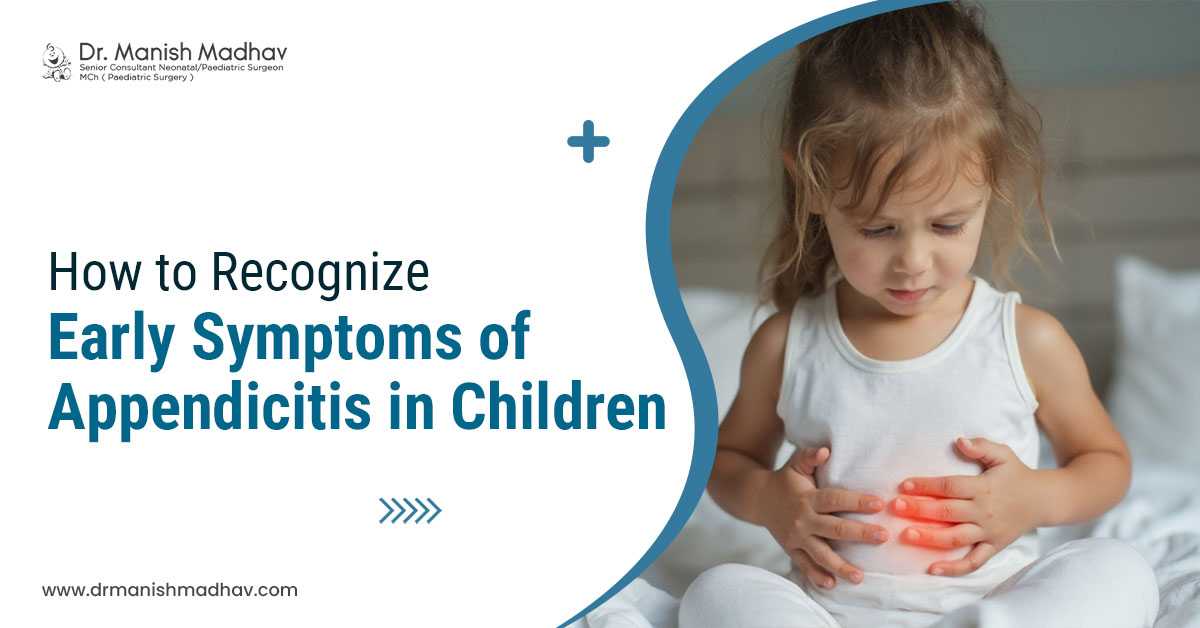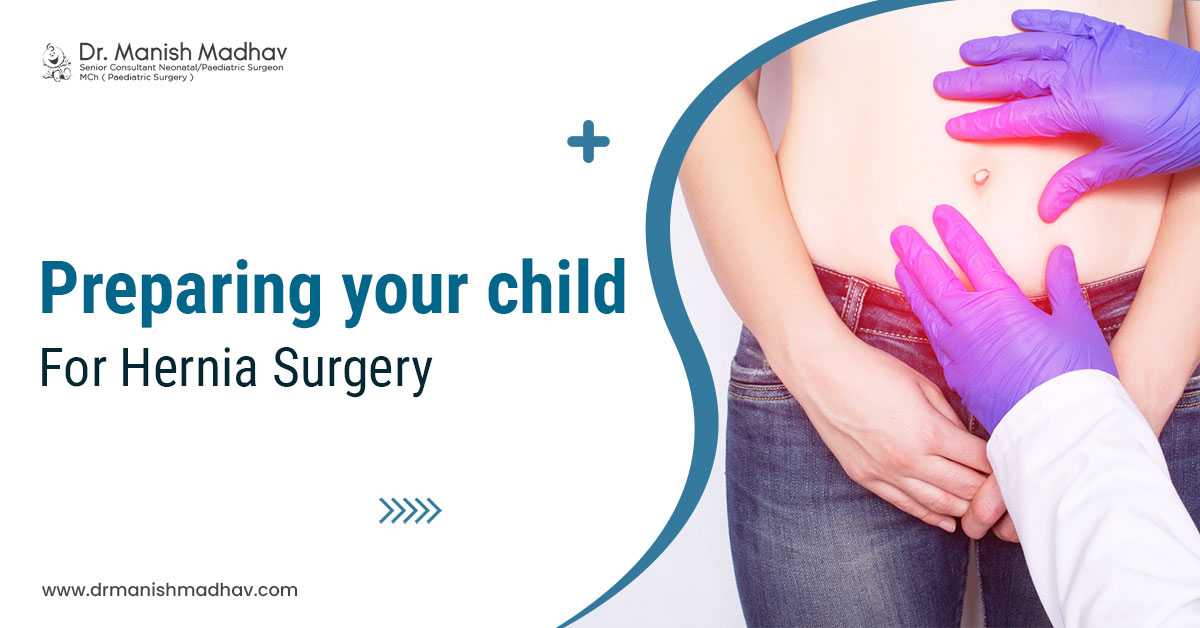An organ hernia often occurs in the groin or abdomen when it pushes through the surrounding tissue or muscle. Depending on the activity or posture, it might seem like a strange bulge that appears and disappears. It could or might not result in pain or discomfort-related symptoms. The majority of hernias need surgical treatment at some point.
A Hernia: What Is It?
A hernia occurs when an organ pulls through a hole in the muscle or tissue holding it in place. For instance, a weak spot in the abdominal wall might allow the intestines to pass through. Hernias develop in the abdomen between the chest and hips, although they may also develop in the groin and upper thighs.
Although most hernias do not pose an immediate danger to life, they also don't go away alone. Surgery may sometimes be necessary to avoid potentially fatal consequences. However, you can see your child a pediatric surgeon for congenital hernia treatment in Siliguri for quick relief.
Congenital Diaphragmatic Hernia
When the diaphragm fails to shut completely during fetal development, it results in a dangerous birth abnormality known as a congenital diaphragmatic hernia. When the organs are still developing, it might cause the abdominal organs to slide up into the chest cavity, cramming the lungs.
Congenital Diaphragmatic Hernia: How Serious Is It?
Serious consequences may arise from CDH. This disease often results in tiny, undeveloped lungs and weak blood arteries in newborns. Low blood oxygen levels and respiratory problems at birth may result from this. Additionally, they will have elevated blood pressure in their lungs, which strains their heart. To stabilize their state, these newborns will need vital care. Their lifetime needs for supportive care may arise.
What Is The Frequency Of Congenital Diaphragmatic Hernia?
Around 1 in 2,500–3,500 live babies is affected with congenital diaphragmatic hernias. Roughly, 50% of them are singular oddities that happen on their own. The other half co-occurs with other genetic conditions, including Down syndrome and congenital cardiac abnormalities. Your doctor can identify these issues and prepare for them before you give birth if you get prenatal care throughout your pregnancy.
What Possible Side Effects Might CDH Cause?
The majority of newborns with congenital diaphragmatic hernias will have pulmonary hypoplasia or tiny, undeveloped lungs. Numerous issues may result from this, such as hypoxemia (low blood oxygen levels), which impairs the ability of all organs to operate, particularly the heart and brain. It may harm people for a long time if it is severe or chronic.
High blood pressure in the arteries supplying the lungs is known as pulmonary hypertension. This illness puts stress on the heart's right ventricle, which increases the risk of heart failure.
How Does One Treat A Congenital Hernia?
In the end, congenital hernia treatment in Siliguri is required to fix the hernia in your baby. Before that, however, they will need specific, more urgent treatments to stop or treat more organ damage brought on by the illness. As soon as a congenital diaphragmatic hernia is detected, medical attention is given.
To determine whether they should induce your labor early for the sake of the fetus, doctors will also keep an eye out for any early labor indicators. You will need access to a hospital with a dedicated medical professional team that treats CDH patients.




